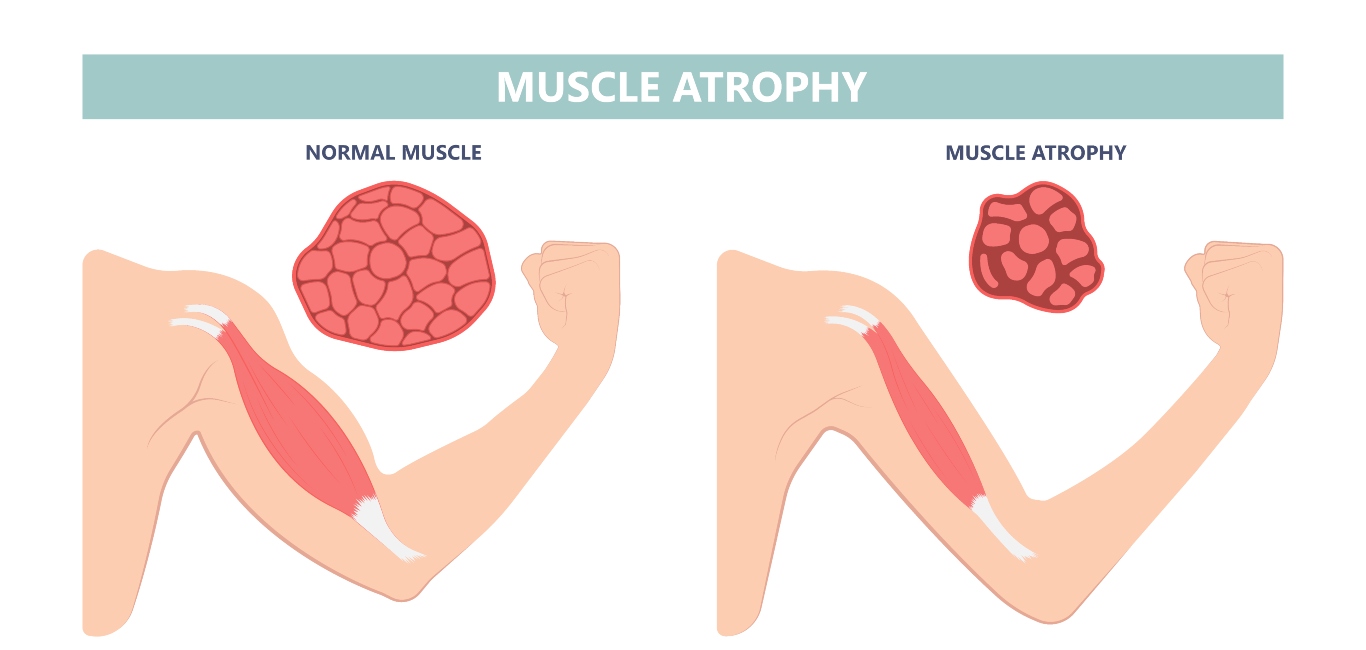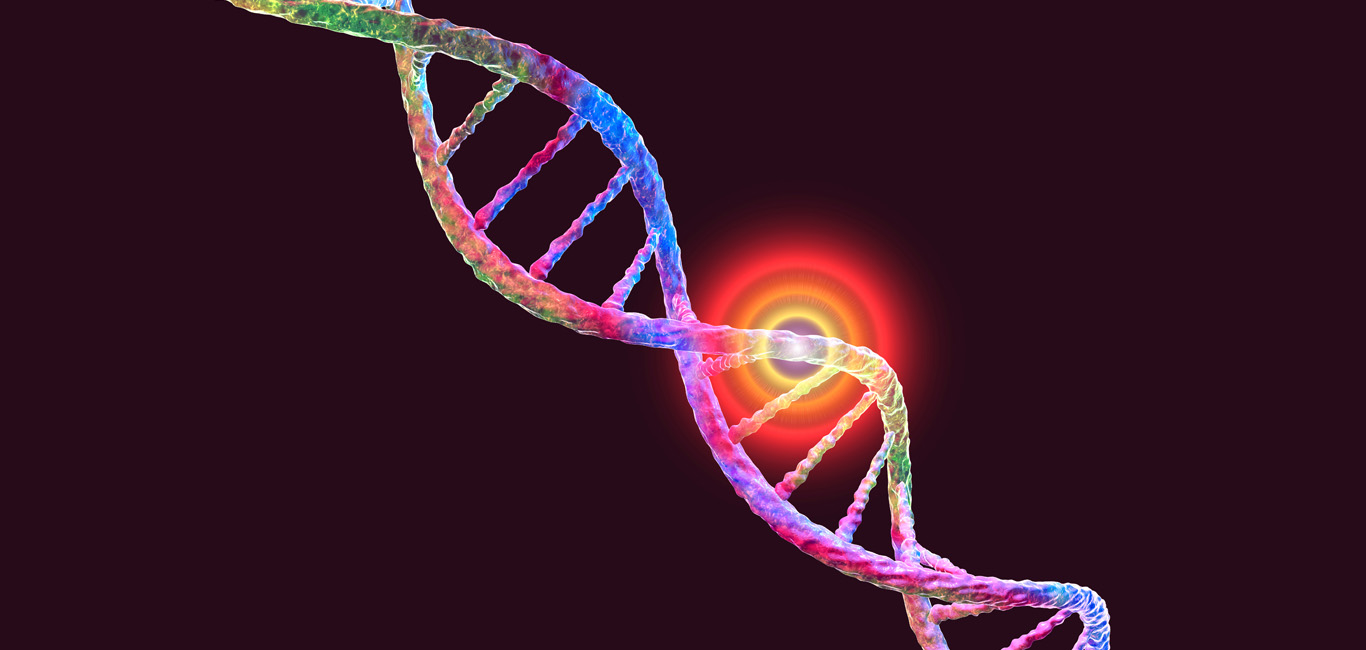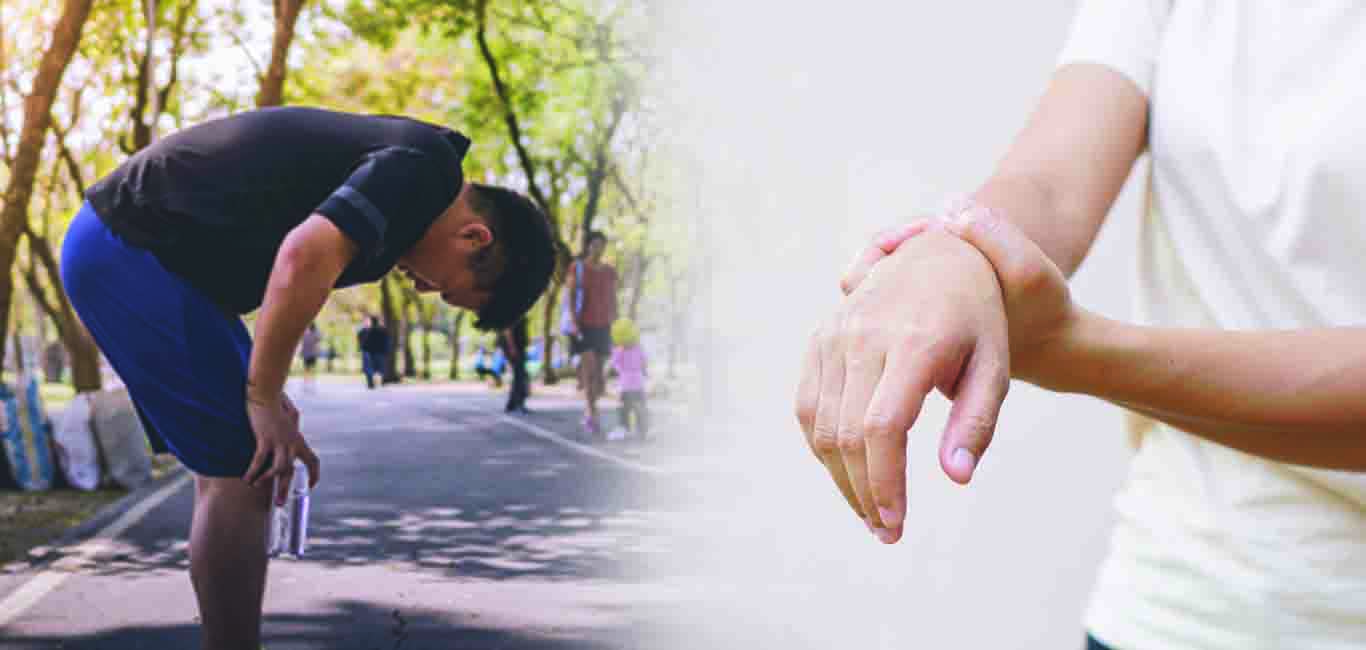
“My husband, Gowtham, has a hard time walking without support. He either leans on the wall or must hold someone’s shoulder,” BG Sunitha from Madurai tells Happiest Health. She adds that Gowtham, a 30-year-old businessman, finds it difficult to get up from a sitting position and has severe issues with balance.
Even as a child, Gowtham had balancing issues which worsened after 11th grade, she says. It was not until two years ago that Gowtham was diagnosed with a rare neurological condition called spinal muscular atrophy (SMA). Incidentally, his brother Vijay Anand also has the same condition.
Understanding spinal muscular atrophy
SMA is caused by a genetic anomaly that weakens and gradually shrinks the neurons responsible for movement. The motor neurons in the spinal cord lack the SMN protein which takes care of the normal functioning of these neurons. When motor neurons’ signalling to the muscles is disrupted, it causes prolonged muscle weakness and reduced mobility. People with SMA find daily activities like walking, swallowing, eating, and breathing challenging.
According to the National Organisation of Rare Diseases, USA, SMA affects one individual per 10,000 live births.
The missing genetic link
Studies have shown that a defect in gene information responsible for the SMN protein causes the condition. “The defect is due to the homozygous deletion of exon 7 of the SMN1 gene,” says Dr Raghavendra K, associate professor of neurology at the National Institute for Mental Health and Neurosciences (NIMHANS). Exons are pieces of genes that contain instructions to make specific proteins. In this case, one piece – exon 7—is deleted due to a mutation.
Only when both parents carry this mutation will the offspring show symptoms of SMA, explains Dr Raghavendra.
Age determines the type
SMA has genetic roots, yet its manifestations in individuals can vary significantly. The reasons for this variability remain unclear. SMA is classified into five types based on age of onset and severity of symptoms. Dr Raghavendra throws light on each type:
- Type 0 or prenatal SMA: This rare and severe SMA occurs even before birth and is often fatal. Lack of foetal movement is often an indication of SMA.
- Type 1 or Werdnig-Hoffmann disease is another severe form of SMA that can appear from birth to six months of age. Infants with type 1 SMA have trouble swallowing. They also have weak limb muscles that can lead to paralysis. Progressive respiratory failure can make this a life-threatening condition.
- In Type 2, the baby can sit but cannot stand or walk properly because of weak spinal muscles leading to scoliosis (curvature of the spine). The symptoms manifest between 3 to 15 months of age.
- While Type 3 SMA typically manifests after 18 months of age. Individuals with this form of SMA may be able to walk but may find it difficult to get up on their own. They may also have issues with balance. Gowtham and Vijay Anand both had this type of SMA.
- SMA Type 4, also known as adult-onset spinal muscular atrophy is the mildest form, typically appearing after 30. The individuals may experience muscle weakness, but is relatively less severe.
Finding answers and timely management
“SMA should be suspected in any infant with unexplained muscle weakness,” says Dr Raghavendra. Molecular genetic testing, which looks for SMN mutations or deletions in the DNA, is the most accurate way of testing SMA, he adds.
Sunitha got the genetic test done for her two sons and was pleased to find out that they did not have the mutated gene. She encourages other parents to do the same to detect any genetic disorders such as SMA for early treatment and management.
SMA research is in its infancy and treatment is expensive. Currently, there is no cure for this condition and therapy involves managing the symptoms to improve quality of life. “Supportive therapy through nutritional and breathing assistance is one way of managing SMA,” says Dr Raghavendra. He also recommends chest physiotherapy and manual cough assistance to clear blocked airways and enhance breathing. Additionally, spine braces may be used to support the spine and prevent scoliosis.
“Gowtham does physiotherapy and stretching exercises to relieve stiffness and pain,” says Sunitha. Research has found that physiotherapy improves flexibility, and motion exercises help in relieving joint deformities.
A beacon of hope
Researchers are developing therapeutics to replace or compensate for the missing SMN protein in people with SMA.
“Those with SMA should seek treatment promptly. Delayed treatment can lead to a progressive deterioration of their condition,” says Sunitha. Furthermore, she emphasises the need to spread awareness about the disorder. “Awareness of the disorder and enrolling with programs will make medicines more accessible,” she adds.

















